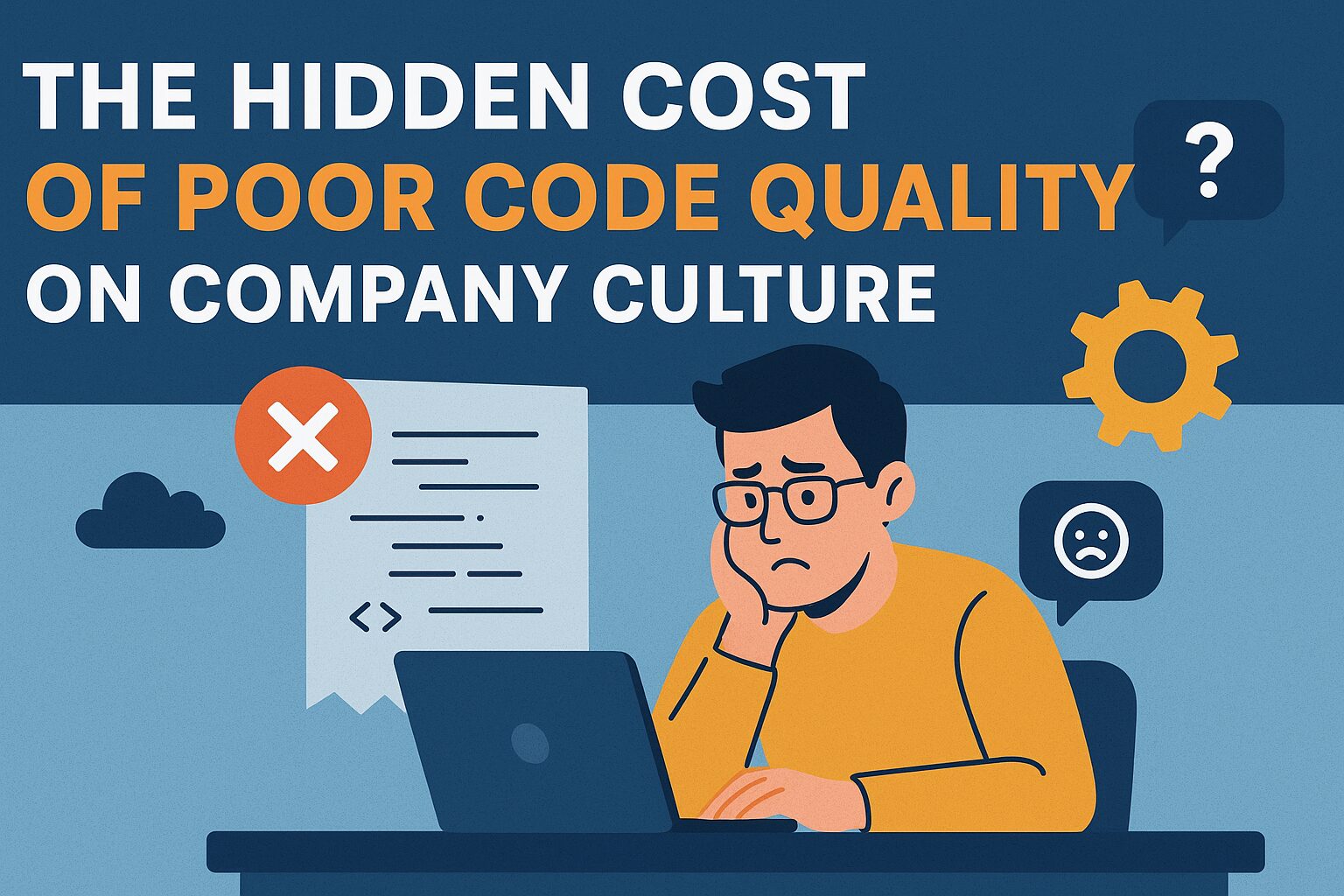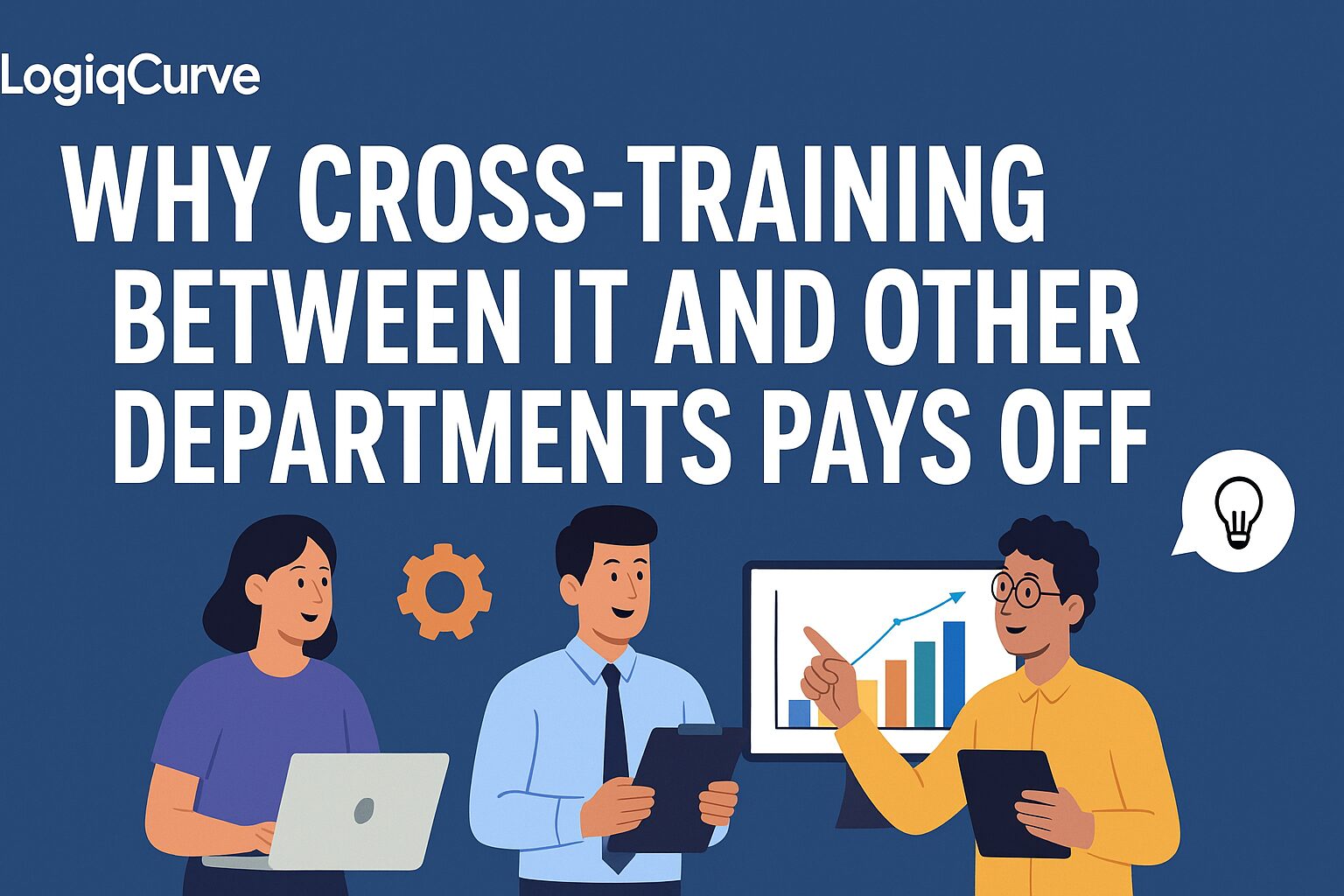In the fast-paced world of software development, deadlines are tight, expectations are high, and the push for innovation is relentless. While these pressures can fuel creativity and productivity, they also create a dangerous environment for an often-overlooked challenge: developer burnout.
Burnout isn’t always visible. Developers may still show up, meet their daily stand-ups, and deliver code — but internally, they’re running on empty. Over time, burnout can derail entire projects, compromise code quality, and even drive top talent away. It’s a silent threat that companies can’t afford to ignore.
The Nature of Developer Burnout
Part of the danger of burnout lies in how quietly it develops. Developers are often problem solvers by nature. They may not admit they’re struggling, thinking they can “push through” for the sake of the team or project.
Managers may miss the warning signs because:
Work output remains steady at first
Developers are hesitant to speak up
Remote work hides visual cues like fatigue or disengagement
Performance metrics focus on delivery, not well-being
By the time burnout becomes visible — missed deadlines, increased bugs, uncharacteristic mistakes — the damage is already underway.
The Impact on Project Delivery
The effects of developer burnout ripple through every aspect of project delivery:
Slower Development Cycles
Burnout reduces focus and productivity, extending timelines and creating a chain reaction of missed milestones.Declining Code Quality
Tired developers are more prone to introducing bugs or overlooking critical issues, leading to costly rework later.Team Morale Drops
Burnout in one team member often affects others, creating a culture of stress and disengagement.Increased Turnover
Talented developers may leave for healthier work environments, causing knowledge gaps and delays in onboarding replacements.Client Dissatisfaction
Missed deadlines and reduced quality can erode client trust, jeopardizing future contracts or renewals.
Root Causes of Developer Burnout
While burnout can’t be pinned to a single cause, common triggers in software development include:
Scope Creep – Continually adding features without adjusting timelines or resources.
Overtime Culture – Expecting late nights and weekend work as “normal.”
Poor Planning – Inadequate requirement gathering leading to rushed development phases.
Micromanagement – Limiting developer autonomy, which stifles creativity and motivation.
Tool Overload – Constantly switching between tools and technologies without sufficient training.
Preventing Burnout Before It Derails Delivery
Burnout prevention isn’t just about being “nice” to developers — it’s a strategic investment in project success. Here are practical measures organizations can adopt:
1. Set Realistic Timelines
Avoid overpromising to clients. Build in buffer time for unforeseen challenges, testing, and refactoring.
2. Encourage Open Communication
Create a safe space for developers to discuss workload concerns without fear of being labeled “uncommitted.”
3. Prioritize Work-Life Balance
Enforce no-overtime policies when possible and encourage team members to take breaks and vacations.
4. Provide Autonomy
Trust developers to choose the best technical approaches, tools, and workflows for their tasks.
5. Limit Context Switching
Group tasks to minimize interruptions and tool changes that drain mental energy.
6. Offer Ongoing Learning Support
If new tools or frameworks are introduced, provide adequate training time within work hours.
Recognizing the Warning Signs
Managers and team leads should be proactive in spotting early indicators of burnout, such as:
Declining enthusiasm for work
Increased errors or slower problem-solving
Withdrawal from team discussions
Irritability or short responses in communication
Frequent sick days or unplanned leave
The sooner these signs are addressed, the easier it is to reverse the trend and get projects back on track.
A Culture Shift Is the Real Solution
Ultimately, preventing burnout requires more than quick fixes — it demands a cultural shift. Organizations need to:
Value sustainable productivity over short-term speed
Recognize that rest fuels creativity
Make well-being a measurable project KPI
Lead by example, with managers respecting boundaries and avoiding constant “urgent” requests
When developers feel supported, they’re more engaged, productive, and invested in delivering high-quality work on time.
Conclusion
Developer burnout is a silent project killer. It erodes productivity, delays delivery, and damages both code quality and team morale. The most dangerous part? It often goes unnoticed until it’s too late.
By acknowledging the risk, addressing root causes, and fostering a culture that values developer well-being, companies can protect their teams — and their projects — from this invisible threat. In software development, sustainable success isn’t about sprinting to the finish line; it’s about ensuring your team has the energy to go the distance.







